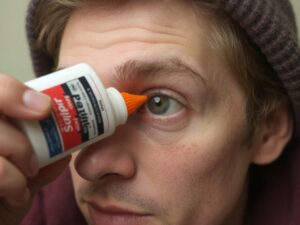Back in March, we reported on a massive milestone for Elon Musk’s Crew Dragon.
The space shuttle, designed with the intention of transporting paying tourists to the International Space Station, successfully docked with the ISS.
Champagne and happiness all around, until it exploded shortly after returning to Earth.
The shuttle was being prepped for a ground engine test when it was totally destroyed, sending smoke pouring into the sky at Cape Canaveral.
Thankfully, no one was injured. Unfortunately, this put a bit of a stopper in plans to return to the ISS.
According to Quartz, engineers prepared the Dragon’s escape engines for ignition by raising the pressure in the propellant system, and the spacecraft then exploded.
Engineers behind the spacecraft investigated what happened alongside NASA, the US Air Force and the National Transportation Safety Board. Now, SpaceX and NASA say they are nearly certain of the cause of the anomaly, releasing the results of the investigation in a teleconference with reporters.

…About a cup of liquid oxidizer had leaked into the wrong plumbing, and when the pressure was turned on, that slug of liquid oxidizer impacted a titanium valve. Upon contact, the oxidizer and titanium reacted explosively.
Just one cup, and that was game over.
Going forward, SpaceX engineers plan to isolate the oxidizer from the pressurisation system, and replace the four titanium valves with a simpler component called a “burst disc”.
Before the accident, SpaceX had hoped to perform its first crewed mission this year. The unexpected explosion took place ahead of a demonstration to show that the Dragon’s rocket thrusters can carry it to safety if the larger rocket carrying it into orbit malfunctions. Called an abort test, it is one of the final milestones the Dragon needs to accomplish before going into service.

…NASA’s other commercial crew contractor is aerospace giant Boeing. The company’s vehicle, called Starliner, needs to complete its own abort test and dry-run to the ISS, both of which NASA officials now expect to take place sometime this summer.
NASA has announced that once the spacecraft are good to go, they’ll transport paying individuals to the ISS for tourist visits or for research purposes.
I’m sure the ISS astronauts will welcome a few new faces.
[source:quartz]





